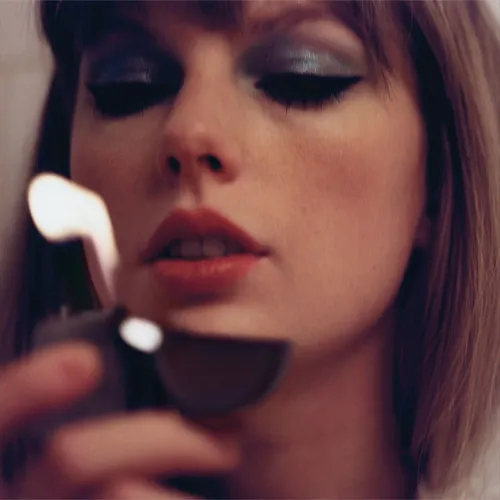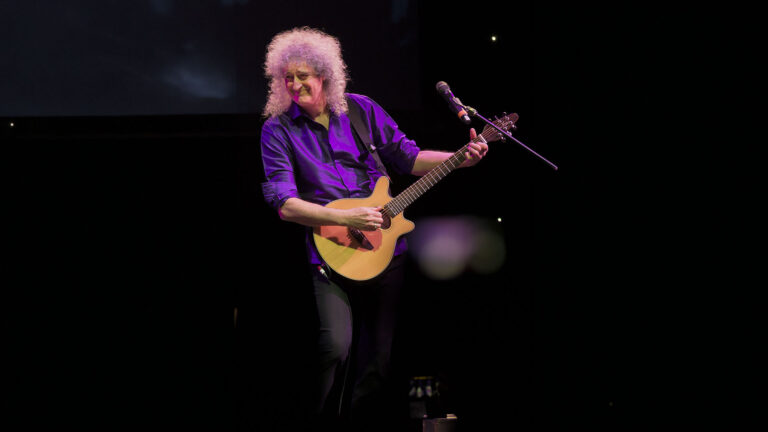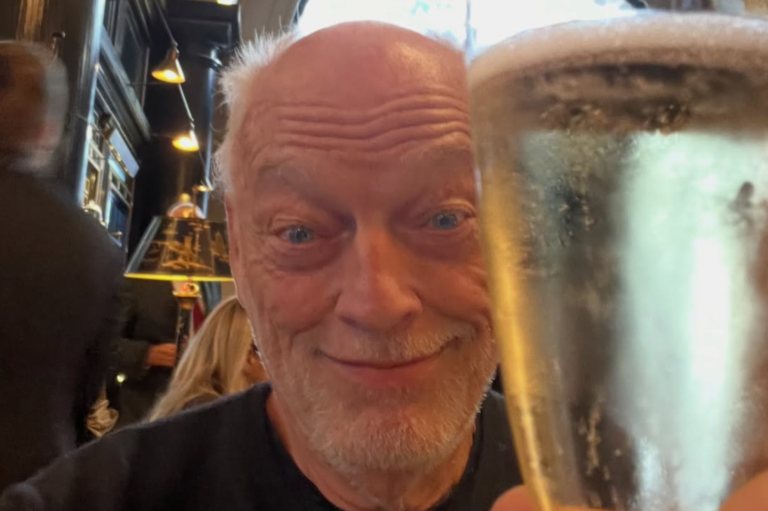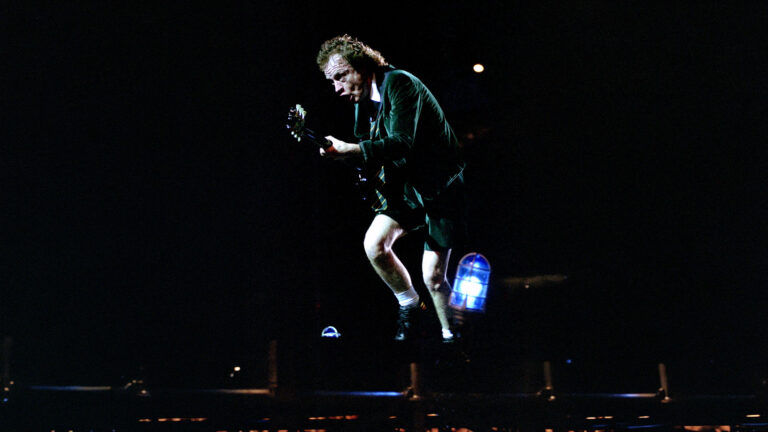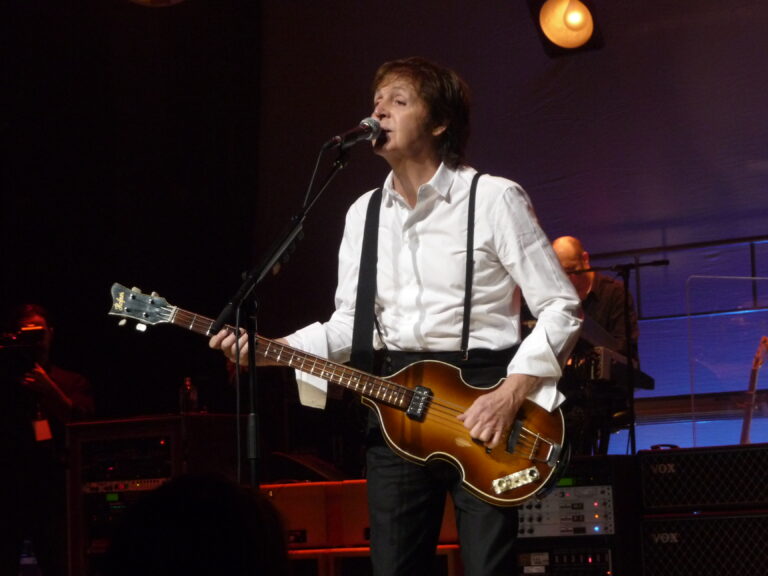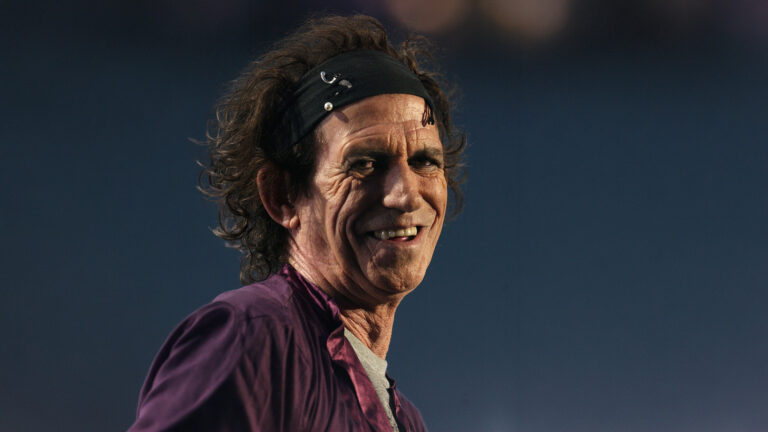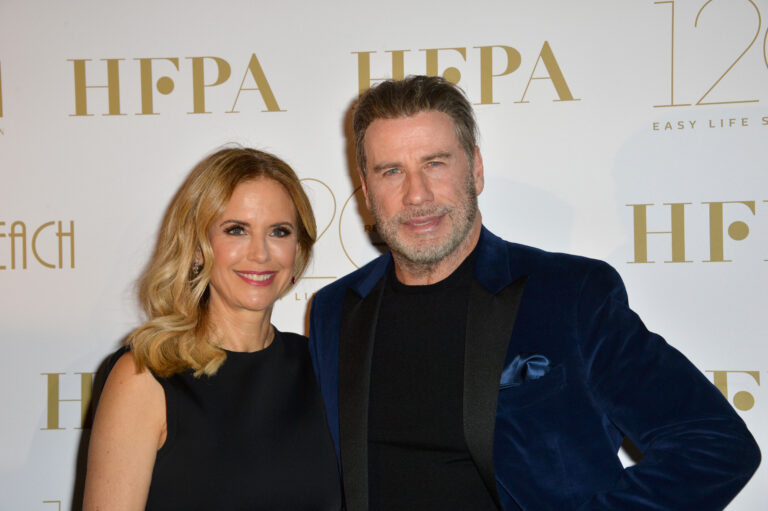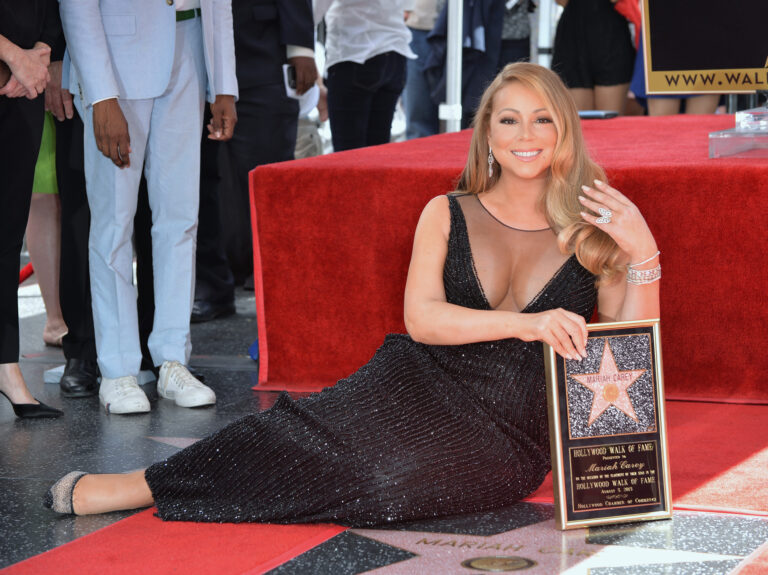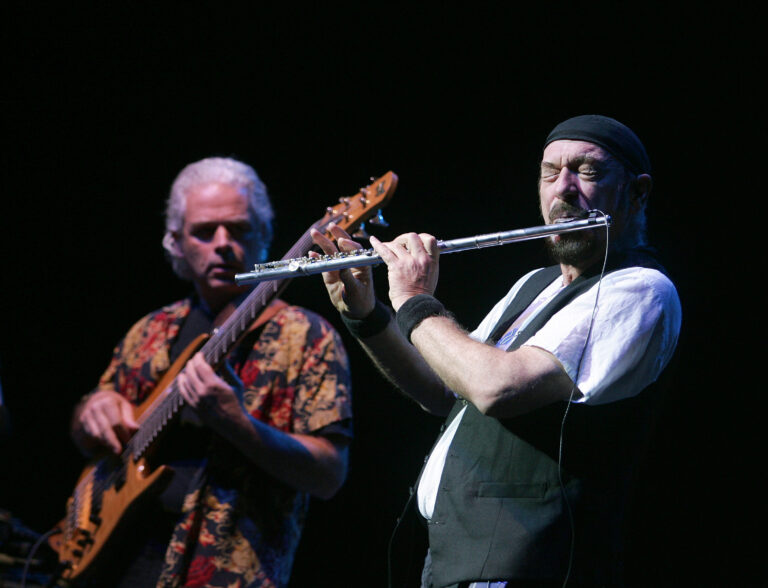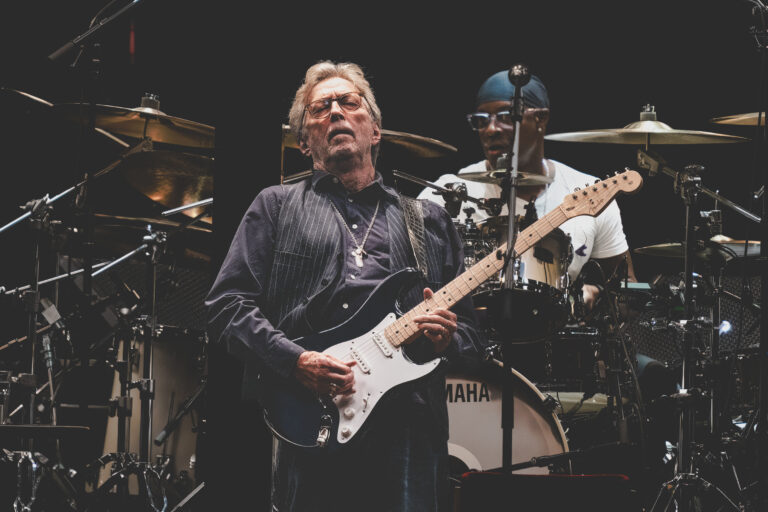
Chappell Roan Addresses Being Labeled a ‘Villain’
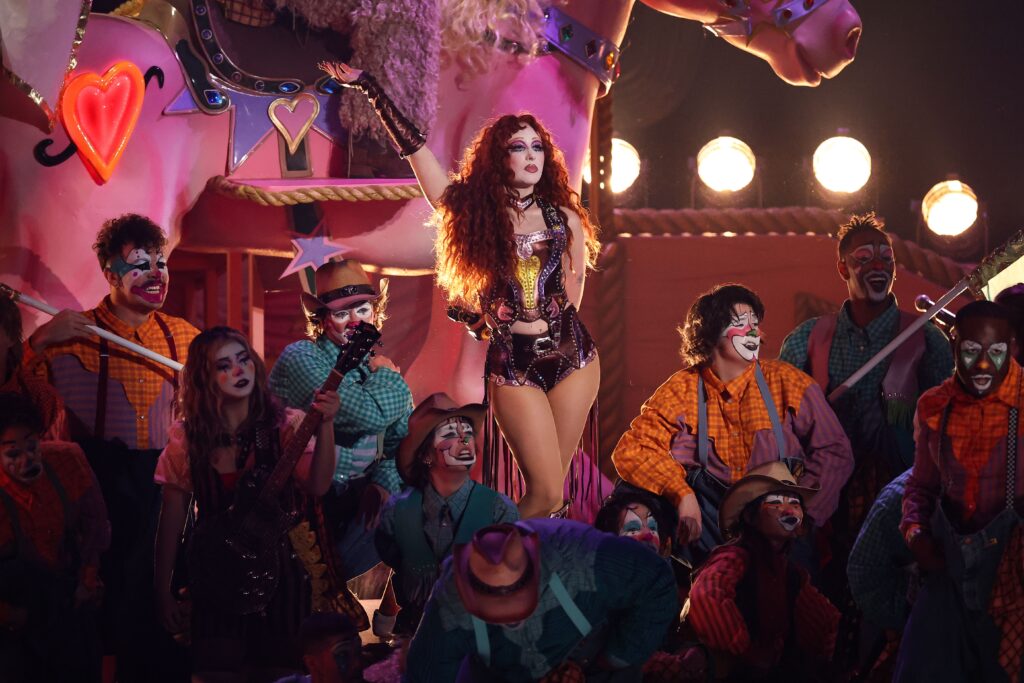
Chappell Roan, a burgeoning pop star, has recently found herself under the spotlight not just for her music, but for the candid way she has addressed her “villain” reputation. Roan first came into prominence with her Billboard Hot 100 hit “Good Luck, Babe!” and has since been navigating the complex dynamics between celebrities and their fans. In a candid conversation on TS Madison’s Outlaws, Roan expressed her struggles with the way she is perceived publicly. Despite her rising success, she is grappling with the intense scrutiny that comes with fame, often finding herself labeled as a villain for setting boundaries with her fans and the media.
Roan’s journey to fame was unconventional. Unlike many of her contemporaries who entered the entertainment industry at a young age, Roan did not gain notoriety until she was 26. This experience, she believes, provided her with a perspective that is distinct from her peers. Her late entry into the limelight has allowed her to better understand the respect and professionalism required in her field—insights she gathered long before becoming a household name. Yet, this hasn’t shielded her from negative public perception, as many fans and media outlets have seemingly misinterpreted her efforts to protect her personal space as entitlement.
Much of Roan's struggle stems from a pervasive celebrity culture that often turns toxic. Her attempts to maintain a boundary between her private and public life have been met with backlash, a theme that resonates with the experiences of other stars like Britney Spears and Lindsay Lohan. During the Outlaws interview, Roan reflected on the continued mistreatment these celebrities have faced, stating that such toxicity remains rampant in the industry. Her own experience with fans has sometimes bordered on the invasive, likening their behavior to that which could lead her to avoid public appearances due to the stress and anxiety it causes.
Roan’s confrontation with toxic fan behavior came to a head last August when she publicly criticized the actions of some of her admirers. These incidents included fans touching her inappropriately and tracking her movements, behavior she labeled as “predatory.” Her forthrightness on the issue sparked a broader conversation on the unhealthy aspects of stan culture and celebrity worship, where fans' expectations often clash with the personal well-being of the artists they idolize. This openness, while necessary for her mental health, also resulted in a surge of online criticism where she was branded ungrateful and arrogant.
The pop star has also had to navigate the challenges posed by social media narratives, where accounts like Pop Crave amplify her statements, often devoid of context, creating a skewed perception of her character. During her Outlaws appearance, Roan humorously suggested banning such accounts, highlighting the power they hold in shaping public discourse around celebrities. These platforms, while instrumental in promoting artists’ work, also contribute to the cycle of public criticism by often stripping away the nuances behind statements and actions.
In recounting her experiences on red carpets, Roan noted how she's been treated more respectfully in her previous job at a doughnut shop than by some photographers and media personalities. Her insistence on respect in these public spaces has frequently been misrepresented as diva-like behavior. This mischaracterization underscores a broader issue within the industry, where setting personal boundaries is often seen as offensive rather than a right.
Despite the challenges, Roan remains committed to her artistry and personal principles. Her willingness to address fan behavior and media narratives reflects a desire not just to survive but thrive in the industry on her terms. With her experiences sparking important conversations about fan-artist dynamics and the responsibilities of media platforms, Roan’s story is as much about resilience as it is about the pursuit of respect in an often unforgiving environment. These discussions highlight the need for a reevaluation of how society interacts with public figures and the narratives crafted around them, emphasizing that standing up for oneself should not equate to villainy.
As Chappell Roan continues to carve out her niche in the music world, her journey underscores the complexities of modern celebrity, where success comes with an arduous balancing act between maintaining personal integrity and meeting public expectations. Her narrative serves as a reminder of the importance of setting boundaries and the ongoing need for industry reflection on the treatment of artists.
Key Takeaways
Related Stories
Brian May Shares 50-Year-Old Queen Track as Holiday Surprise
Fans of Queen received an unexpected present this holiday season when guitarist Brian May broadcast a song that had been…
David Gilmour Celebrates as Pink Floyd’s ‘Wish You Were Here’ Tops UK Christmas Charts on 50th Anniversary
Legendary 1975 Album Makes History With Record-Breaking Return to Number One Pink Floyd has achieved a remarkable milestone in music…






